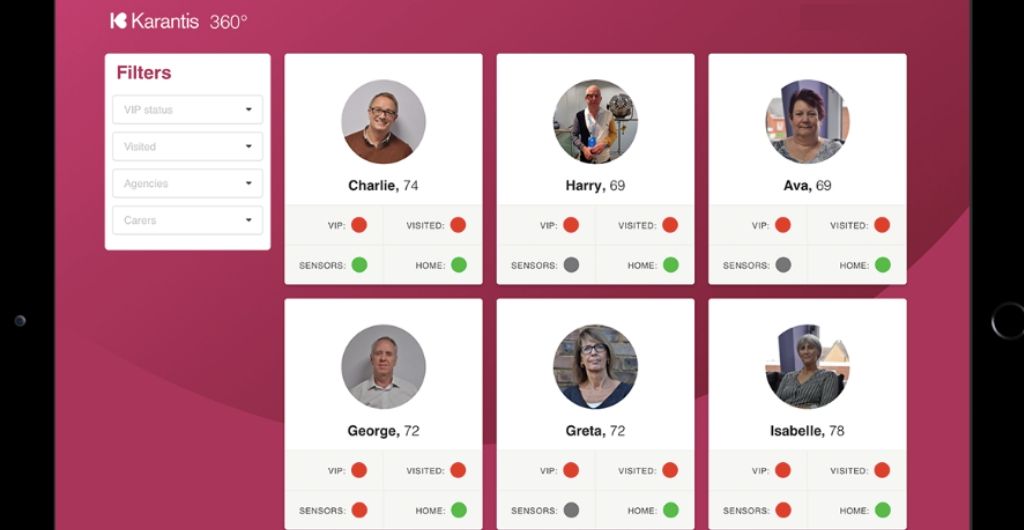
These past few months have seen the whole nation coming together to adhere to social distancing rules thus having the desired effect on reducing NHS pressure, as the government reports A&E visits halving. But, these drastic changes also highlight a significant cause for concern; the public – particularly those identified as vulnerable – are too scared to seek medical attention in fear of contracting Coronavirus, or being a ‘burden’ on the overstretched NHS, with four in ten choosing not to seek help for this reason.
Although the government is urging people to continue to seek medical help when needed during the pandemic, without the correct safeguarding solutions in place – lives will be lost.
As Helen Dempster, Chief Visionary Officer, Karantis360 explains, even after social distancing restrictions begin to lift in the UK, many of the older generation and vulnerable individuals will be too frightened to seek medical advice in fear that they will be expected to leave the safety of their own home. Meaning even the most treatable of illnesses could escalate into an avoidable situation.
While we know staying at home is the recommended option for vulnerable individuals and older adults given the current crisis, and more importantly the preferred long term choice of 97% of people aged 68+, how do we truly ensure that they are being kept safe at home?
Preventable escalation
Early detection of illness or infection among those identified as vulnerable can mean the difference between life and death. But often the VIP may not even be aware of their symptoms, or they are too frightened to ask for help in fear of being admitted to hospital, which in many cases results in the issue escalating and remaining unnoticed for too long.
Proven technology, such as IoT systems, provides a non-intrusive safeguarding solution. Deploying sensors throughout the home to monitor the habitual routine of the VIP, provides real-time information that may be of either reassurance or concern to families, carers, and doctors – enabling them to react accordingly and swiftly. Common problems such as Urinary Tract Infections (UTIs) can be detected and treated rapidly – minimising the risk of the infection escalating to a critical point that requires a visit to A&E and possible hospital admission.
Combating social isolation
With 3.6million of the elderly living by themselves and 1.9million saying they often feel alone or invisible, the current situation is only going to exacerbate this. Carers can play a key part in reducing feelings of loneliness; harnessing technology facilitates carers to confidently monitor how well their client is doing at home, and organise their visits more effectively. As a result of this carers can provide a more personalised care experience, as well as, asking more well-informed lifestyle questions and identify any problems faster. Furthermore, the system has also been proven to reduce carers’ administration time by 50% allowing them to spend quality time caring and interacting with their VIP.
Visibility and feeling connected to their relatives has also become a concern for those whose loved ones are isolating and being cared for in their own homes, often creating unnecessary mental stress for all parties. While it may be difficult to reduce the distance between a family member and their loved one, technology has the opportunity to bridge that gap and create a visible, personalised service that will suit both the client and relative’s individual needs. Loneliness is a complex issue to solve but little changes can make a big difference.
Reducing pressure on the care ecosystem
The current Coronavirus crisis has resulted in the NHS turning its attention to technology to help alleviate pressure. While it’s unfortunate that it’s taken a global pandemic to start implementing digital solutions – it’s a lesson for the future.
By 2030 it is estimated that the world will need 80 million health workers to meet the demands of the global population, but the reality is that the world will actually be short of 15 million health workers. As the population continues to age, the strain on the health system increases still. The future of healthcare looks bleak if we do not start making changes and learning from these global catastrophes. Social care needs to start harnessing technology now if our loved ones are to receive the care they deserve, not just in the short term, but for the generations to come.












